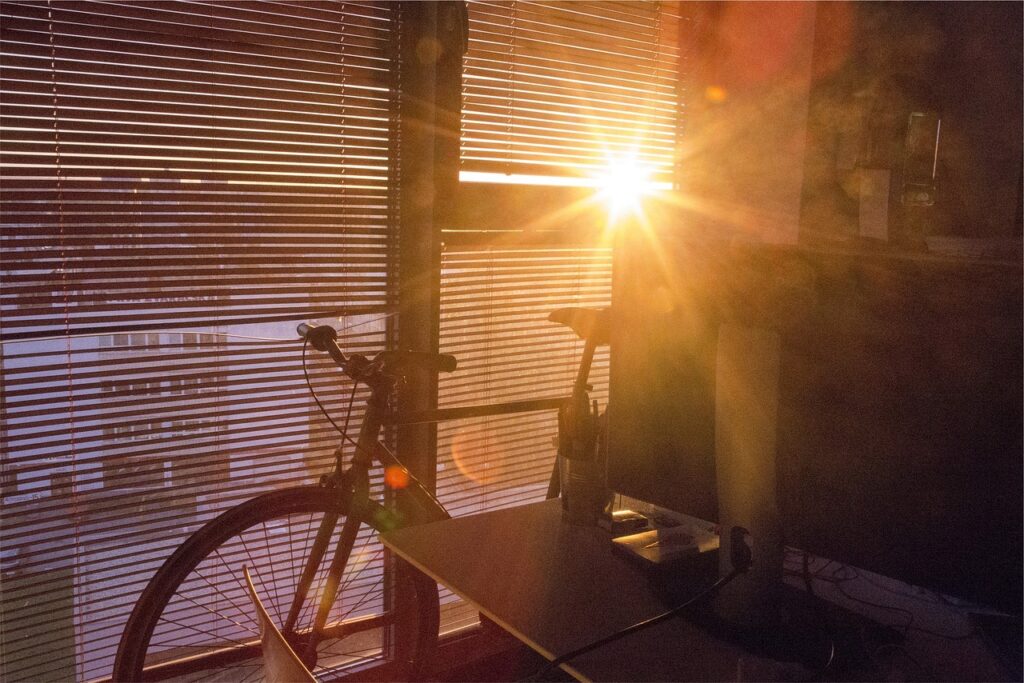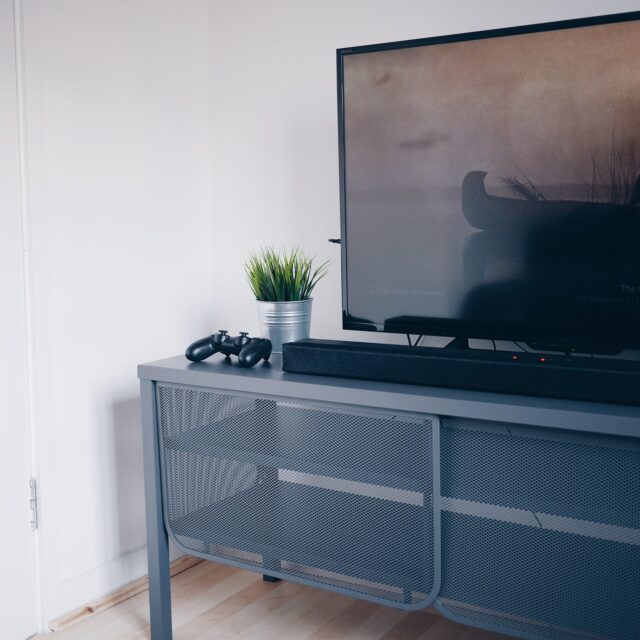Digital entertainment has come a long way since the broadcast TV, VHS tapes, and simple video games of yesteryear. Today, digital entertainment provides thousands of hours of what you want on demand, and most of us engage in this in some way or form. So, what if we wanted to go a step further, to create a full-featured entertainment centre in our homes? What would we need to know, and what advantages could this provide to the average Essexian?
Preparing for the Future
Before committing to any change, we’re naturally left wondering why this would be worth the effort. For a start, as popular as digital entertainment already is, it’s only going to become more popular in the future. Building an entertainment centre now is taking a proactive approach, in preparing yourself for what will inevitably need to be done in the future anyway. Do it now, get the work out of the way, you’ll be immediately primed for whatever arrives at Essex next.
Since most Essexians appreciate these kinds of entertainment, it’s also true that any changes you make to your home to improve the support for an entertainment centre can improve your home’s value. If you do choose to move later, modern online sales systems that offer cash for houses would take these changes into account. The guaranteed sales they offer on any properties would reflect this extra value, and the free cash offers would be higher thanks to your effort. This could then be used to help build even better entertainment centres in your next house.
The Elements to Consider
The first element that many people underestimate when building entertainment centres is the power draw. This is natural, as tripping circuit breakers is generally not a problem unless you live in an older home in a city like Colchester. Entertainment centres can place much higher strains on circuits than you’ll usually face, however, and this can require rewiring.
TVS and audio setups might be okay here, but video gaming and computer setups can quickly add up to enormous draws. A single cutting-edge graphics card today can be a prime example, adding 575 watts to a PC’s power draw, and that’s without considering the drain from other components. Add a couple of computers and screens, alongside air conditioning, and the strain multiplies.
Internet availability is also something you’ll want to keep in mind if you’re interested in ultra-high definition video or other bandwidth-demanding content. Wi-Fi might be good enough for casual users, but to get far more demanding uses working reliably, installing some ethernet cables in your wall or through powerline adapters is a superior choice.
The final component people often forget about is lighting. Having sunlight strike your screen or your electronics can hurt image quality or even damage equipment. Account for sunlight angles and curtains, and these problems are at least easier to address.

If you’re unsure exactly what you’ll need and what might be overkill, it can be helpful to check online message boards and friends with similar builds in and around Essex to see what you might have overlooked. The more changes needed in the future because of unexpected errors, the more expensive developing an entertainment centre will be, so you want to get it right the first time.




